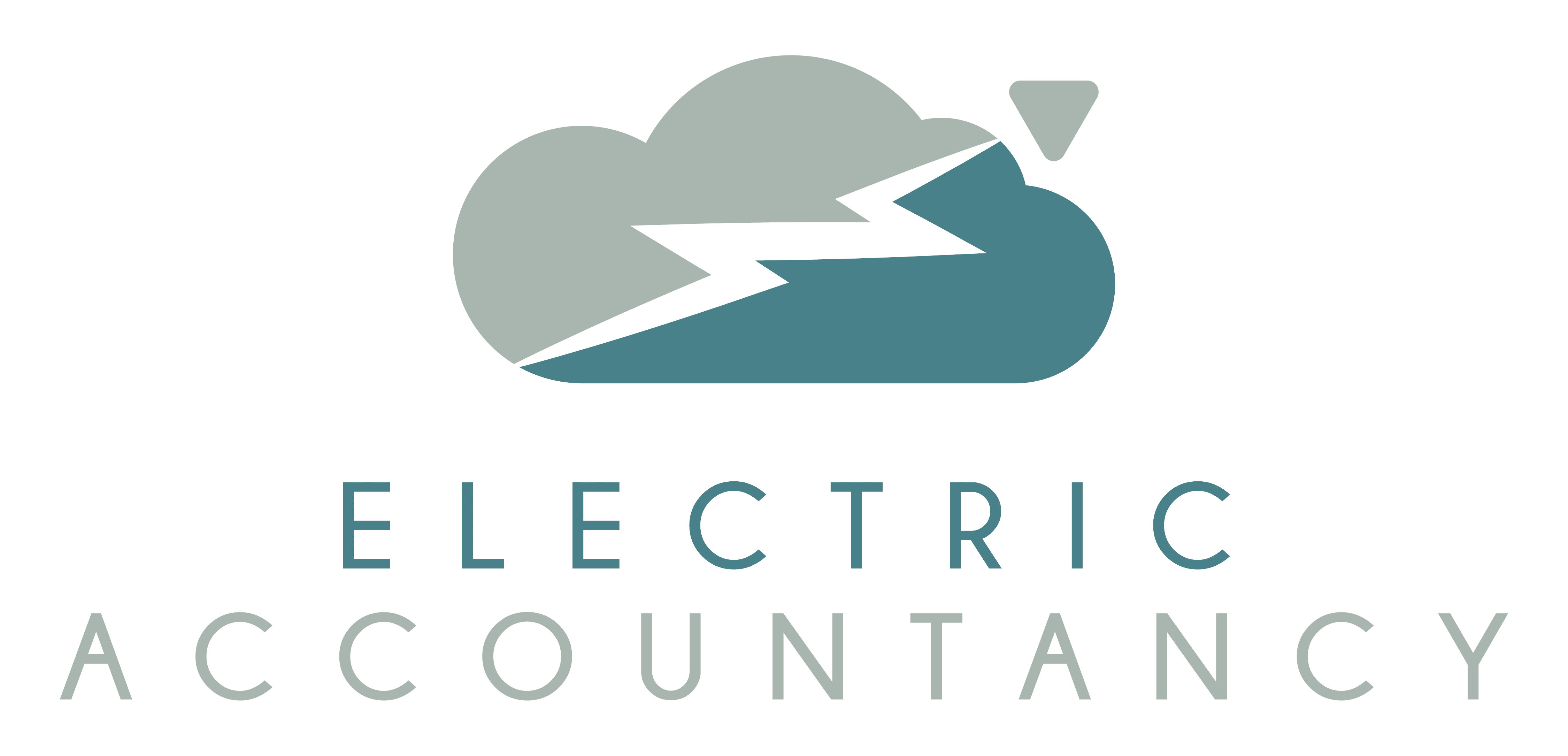Growing your business is exciting but there’s a lot to think about. Time spent planning is never wasted.
As a small business owner, there’s no greater joy than watching your creation thrive. As you start to experience success, it’s only natural to turn your attention to growth, which is both exciting and pretty intimidating. Starting a business is one thing but scaling up is quite another.
In order to grow your business, you need to start thinking about the company that you want in the future instead of just focusing on the one that you have today. You also need to start planning and preparing – growth doesn’t just happen, it needs a significant amount of forethought.
Research by Barclaycard has found that to scale up, you need to re-invest nearly 30% of your turnover, which is a very scary prospect. If you don’t have the cash reserves to fund your growth, you will need to have a solid business plan and find external financing.
The following guidelines can help you to create a roadmap to grow your small business and set you on the path to success.
1. Set And Map Your Goals
Setting realistic yet aspirational goals is important for driving your business forward.
1. You need to know what you want to achieve before you set about trying to achieve it.
2. If you don’t have a clear idea of where you want to get to, chances are you won’t focus on all the things you need to do to get there.

What is it you want to do: double your customer base? Increase turnover by 50%? Launch new products? Have a great work/life balance?
Defining a goal is definitely the first step towards achieving it.
Once you have set your goals it’s time to figure out how you’re going to get there. The services of an accountant or business advisor can be helpful, because they can inform you of what is – and isn’t – realistic for your business. They can also provide advice, industry insights and help you to adjust your plans accordingly.
2. Have A Solid Business Plan
It’s all very well having goals, but you also need a solid plan of how you will achieve those goals. If you want to increase revenue, do you need to spend more on marketing, employ staff with different skills or launch new products?
There are many different ways to achieve growth so you need to think through all the options, decide which is best for your business and then have a plan for implementation along with forecasts.
A great way to develop a business plan is to do this:
-
Define your long term plan, e.g. where do you want to be in 10 years time?
-
Write down your medium term priorities, e.g. what needs to happen within 3 years in order to get you to the goal you defined in step 1?
-
Work out what you need to achieve this year, in order to get you to the medium term goal you defined in step 2.
-
Develop a quarterly action plan which will get you to number 3.
-
Review your quarterly plan monthly and make adjustments if necessary.
This way, you know that if you achieve things in your quarterly plan, you are contributing towards your long-term vision.
3. Define And Track KPIs
KPIs – or Key Performance Indicators – are metrics to track how well your business is doing. Your accountant can help you to work out which metrics are most important to your industry and business model so that you can define your KPIs.
Keeping a close eye on the numbers not only helps you to measure your success, but also to identify potential problems before they do any real damage to your growing business.
Have you heard about the Balanced Scorecard? The balanced scorecard says that four sets of measurements are needed:
-
Financial perspective
-
Customer perspective
-
Internal business process perspective
-
Innovation and learning perspective.
In other words, don’t just focus on the headline financial performance of your business.
4. Consider Your Cash Flow
It’s very easy to get swept up in the excitement of the growth phase and forget to balance your cash flow properly. However, cash is King/Queen in every business and a negative cash flow presents a significant threat.

Growing your business means increasing your costs before you increase your revenue, which disrupts your cash flow and can cause problems if you’re not careful.
You can anticipate these issues by creating cash flow projections and planning ahead to make sure that you’ll always have enough cash to continue operations. Just make sure that the numbers you use in your forecast are as realistic as possible and that any estimated numbers are realistic.
5. Plan For The Worst, Expect The Best
Think about worst case scenarios.
-
Stress-test your forecasts by considering what the picture looks like with different scenarios.
-
Think about options available to you if these situations actually happen.
For instance, what does the picture look like if your anticipated growth is less than expected? How will you deal with the cash flow issues that result from the lower revenue?
Aim for the best but prepare for the worst because if you have anticipated the risks and thought about how you will deal with them, you will be better prepared for the future.
6. Explore Different Financing Options
Substantial growth needs significant investment. Growing your business takes time and resources, all of which have costs involved.
Fortunately, there are many different types of financing available to small businesses, but choosing the right one is important, and having a solid business plan with forecasts is essential.
A good accountant or business advisor will be able to talk through options with you and refer you to a specialist if necessary. Available finance options include:
-
Business Loans. This is often the first financing choice for business owners looking to make significant investments. Banks are often risk averse and it is sometimes the case that they will only lend at times when you don’t actually need it, so check out other loan options too. There may also be loan providers who deal with your specific industry.
-
Business Credit Cards. This option isn’t the best choice for making large investments because of the high interest charges, but it can help to smooth out short-term cash flow issues as you grow, so long as you have a plan to pay off the credit quickly.
-
Asset Finance. This type of loan is specifically designed to help business owners buy tools and equipment needed for the business. It’s a fairly low-risk way of borrowing, and is worth considering if you need to buy more equipment to grow. Using an independent finance broker will give you access to a host of lending partners that you can’t access from your big name bank.
-
Equipment Leasing. Do you want full use and access to specific assets, but none of the associated burdens of ownership? A leasing deal is an agreement whereby a business owner rents equipment for a designated period of time, sometimes with the option to purchase or upgrade the equipment at the end of the contract. There are finance options available to suit different cash-flows and budgets.
-
Factoring And Invoice Discounting. These are increasingly common solutions to short-term cash issues. Invoice Discounting, which is almost identical to Factoring, involves the Discounting firm advancing you a percentage of your invoiced sales. You will be charged a fee for this facility – typically ranging from 1% to 7% of your accounts receivables.
-
Grants. There may be a regional or national grant scheme available which could really help to fund your growth, so this is definitely worth investigating. The Government’s Kickstart Scheme is a good example – providing funding to employers to create jobs for 16 to 24 year olds on Universal Credit.
Summary
Growing your business is exciting but there’s a lot to think about. Careful financial planning and expert advice can help your business to grow at a steady and sustainable rate, and allow you to continue to provide excellent service to your clients.
Time taken to set clear goals, investigate financing options and define KPIs is never wasted.

